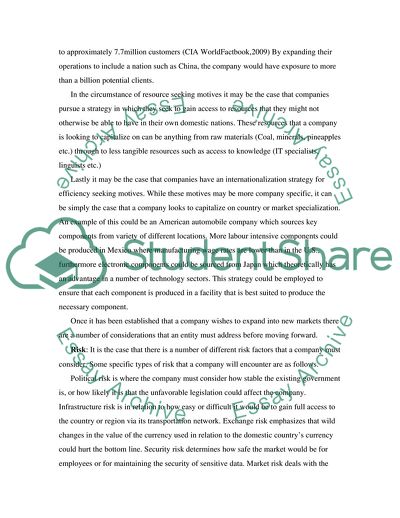Cite this document
(International Marketing: Entry Strategy Term Paper, n.d.)
International Marketing: Entry Strategy Term Paper. Retrieved from https://studentshare.org/marketing/1730056-international-marketing-entry-strategy
International Marketing: Entry Strategy Term Paper. Retrieved from https://studentshare.org/marketing/1730056-international-marketing-entry-strategy
(International Marketing: Entry Strategy Term Paper)
International Marketing: Entry Strategy Term Paper. https://studentshare.org/marketing/1730056-international-marketing-entry-strategy.
International Marketing: Entry Strategy Term Paper. https://studentshare.org/marketing/1730056-international-marketing-entry-strategy.
“International Marketing: Entry Strategy Term Paper”. https://studentshare.org/marketing/1730056-international-marketing-entry-strategy.


